The previous post looked at the Eagle Gates which once provided access to Largo House from the South. Now they provide access only to the Eagle Gates Lodge. Pictured above, the Lodge has outlasted its 'parent' mansion by many decades. The annotated aerial image below shows the Lodge in context within the grounds of the now derelict Largo House. The photograph highlights the following features:
1. Eagle Gates Lodge 2. East Drive Entrance 3. Cricket Ground 4. Largo House (ruin)
5. West Drive Entrance 6. Walled Garden 7. Wood's Tower 8. Largo Home Farm
A more detailed view of the Lodge's location is shown below, with Largo Burn flowing past it, through a small valley to the east, before it passes under the road to continue its route alongside the Serpentine Walk, ultimately discharging into the sea at the Temple car park. A Lodge appears on this site in an 1827 map and originally had a simple rectangular footprint. Over the years it has been extended and modernised.
The earliest mention of the name 'Eagle Gate' dates to 1851, when the census return (above) lists a 59-year-old widow named Susan Low as the "Lodge Keeper". The 1841 census a decade before described the building as simply "Largo Lodge". Between 1840 and 1850, the ownership of Largo House had changed multiple times. General James Durham died at Largo House in 1840 and was succeeded in his Largo estate by his nephew Thomas Calderwood Durham of Polton. The latter died only two years later, also at Largo House, and was succeeded by his brother Admiral Sir Philip Charles Henderson Calderwood Durham. Philip died in 1845 in Naples and his estates at Largo and Polton passed to his niece Lilias Dundas Calderwood Durham (the daughter of Thomas Calderwood Durham). She was the widow of Robert Dundas of Arniston, who had died in 1838.
The Eagle Gate Lodge name was used in the census from 1851 onwards. In 1861 an Alexander Imrie (farm servant) lived there with his wife, children and sister-in-law. The detail of the 1861 census return is shown below. In fact the Largo Parish census that year begins with Eagle Gate Lodge which is listed number 1, ahead of the Mansion House of Largo, followed by the Stables, Gardens, Bothy and Home Farm.
The Eagle Gate Lodge gets a mention in the newspaper archives in the 1860s when the Dundee Advertiser piece below from 16 October 1866, names the location in a snippet about a rifleman shooting a goose.
The 1871 census records 'Lodge Eagle Gate', occupied by John Sibbald, age 42, wood forester plus his wife and nine children. Ten years on another forester - Robert Simpson - lived there with his wife. By 1891, the forester living there was Thomas Millar, along with his wife and child. In 1901, John Cameron, forester plus his wife, children and a boarder inhabited the dwelling.
The year 1901 brought big changes to Largo House, and upgrades to the Eagle Gate Lodge. Owner of Largo Estate George Johnston had died on 29 December 1900. His heir was Charles Julian Maitland Makgill Crichton, who was only 20 years old at the time. In 1901 he reached his majority (turned 21) and in 1902 he married Sybil Twynihoe Erie in London. The 20 February 1902 piece below from the Leven Advertiser describes this whirlwind period in the heir's life. The newlyweds intended to take up residence at Largo House and set about arranging a number of changes at the estate, including extensions to Eagle Gate Lodge and its connection to the water supply. The maps above illustrate the expansion of the building, showing difference at the site between 1856 and 1912.
The Leven Advertiser local news snippet above from 8 May 1902, anticipates the arrival of the recently married couple (in their steam launch Shelda) and reports on the works being undertaken. An update was given, below, in the 14 June 1902 St Andrews Citizen. Although the couple had hoped to moved into Largo House in mid-June, the renovations had overrun. As they were "anxious to be on the coast", they rented a house in Lundin Links short-term.
However, the pair did not stay in Largo House for long and by 1904 they had relocated to Lathrisk House. Largo House was leased to Benjamin Connell Cox, who remained there for twenty years. In the 1911 census, the Eagle Gate Lodge was occupied by George Smith, estate forester, plus his wife, son and lodger (a teacher). Meanwhile, in 1913, the Maitland Makgill Crichtons left Fife and bought a ranch in California. While developing that property, the Great War broke out. Mr Maitland Makgill Crichton offered his services and was given a Captaincy in the 11th Cameron Highlanders. Later he transferred to the 10th Gordons and was given the rank of Major. He was killed on 25 September 1915 in the advance on Loos. Pictured below, from the Fife News Almanac, his name was later inscribed on the Largo War Memorial.
The 1921 census recorded Benjamin Cox and family at the 24-room Largo House, while the 3-room Eagle Gate Lodge, was occupied by forester Thomas Berwick, along with his wife and seven children. Following the death of Benjamin Cox, Largo House was rented first to Captain John A Jeffrey and then for a longer spell to maltser John Key Hutchison (until the outbreak of war in 1939). Eagle Gate Lodge meanwhile had a series of occupants including George R Saunders, Joseph Lapworth and D Richardson before being put up for sale in 1947. The advert below appeared in the 14 January 1947 Dundee Courier.
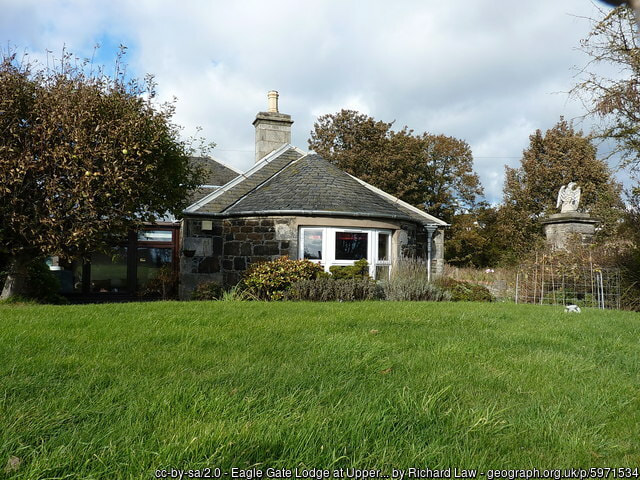
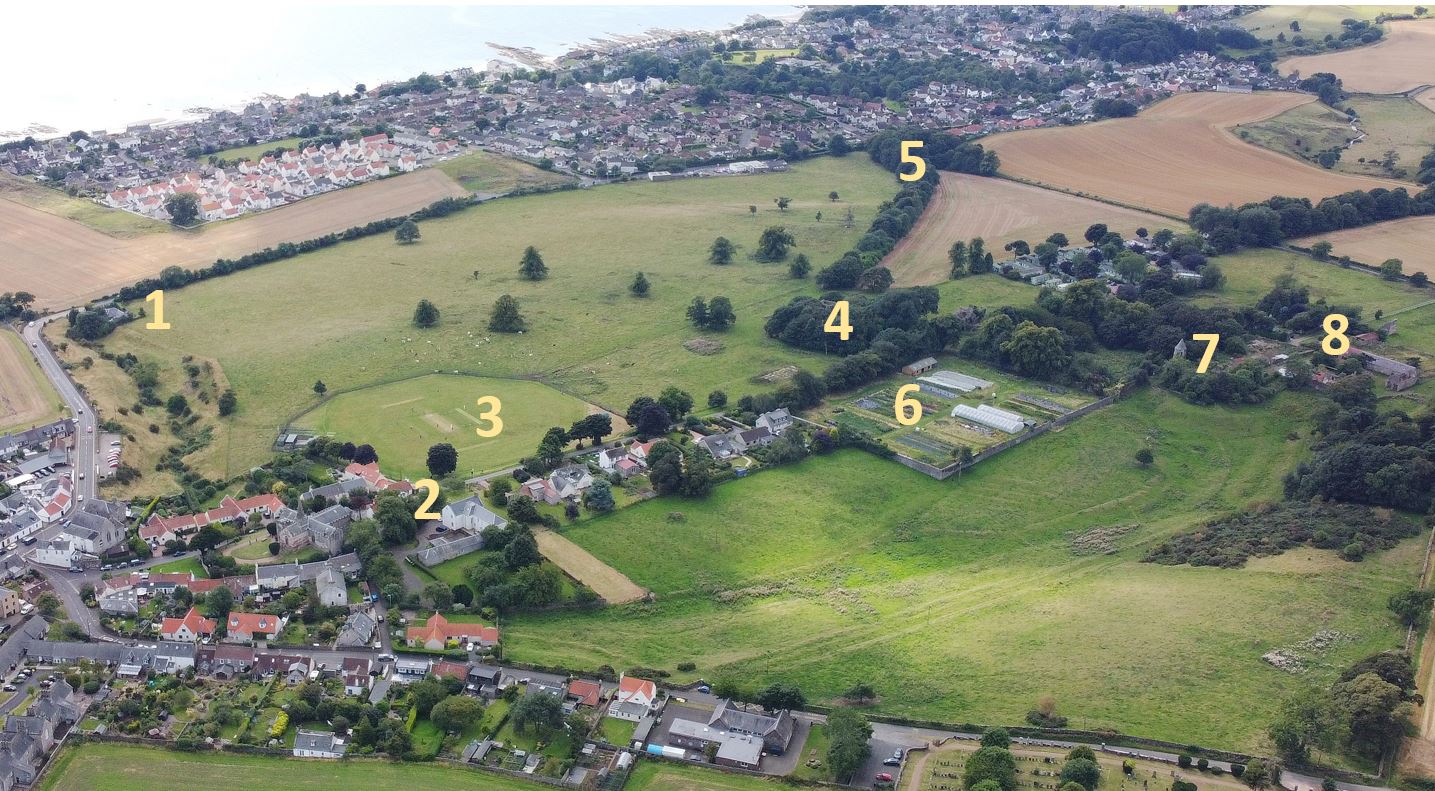
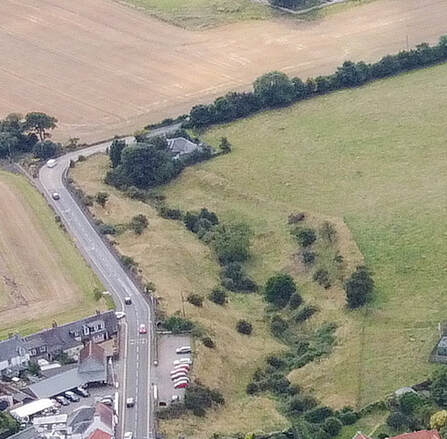

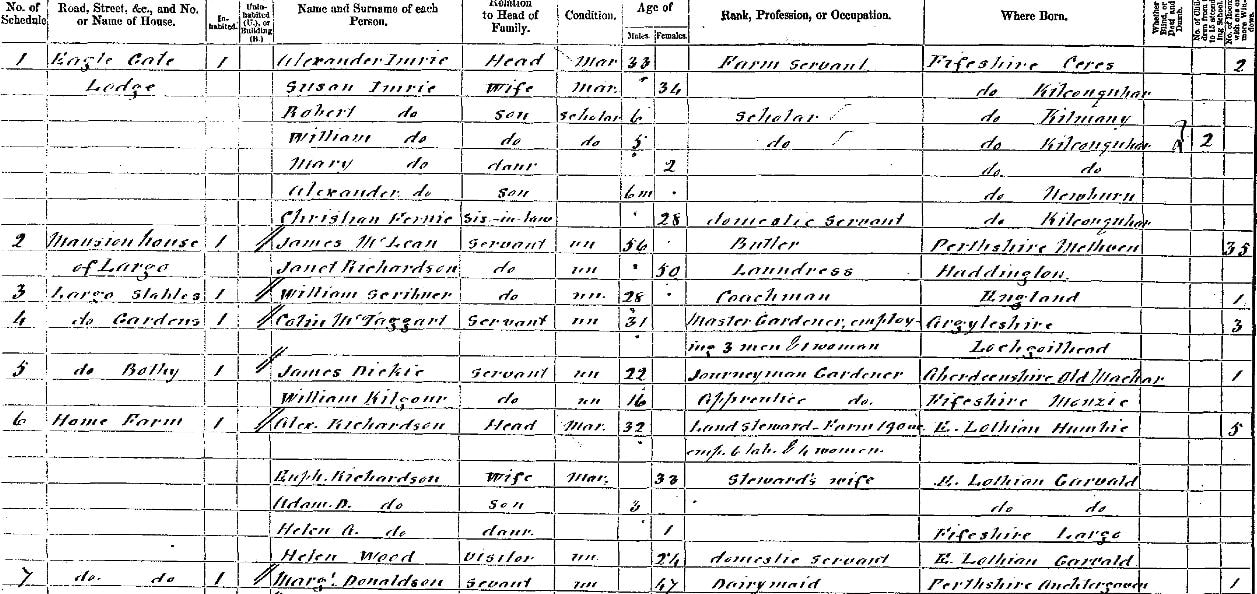

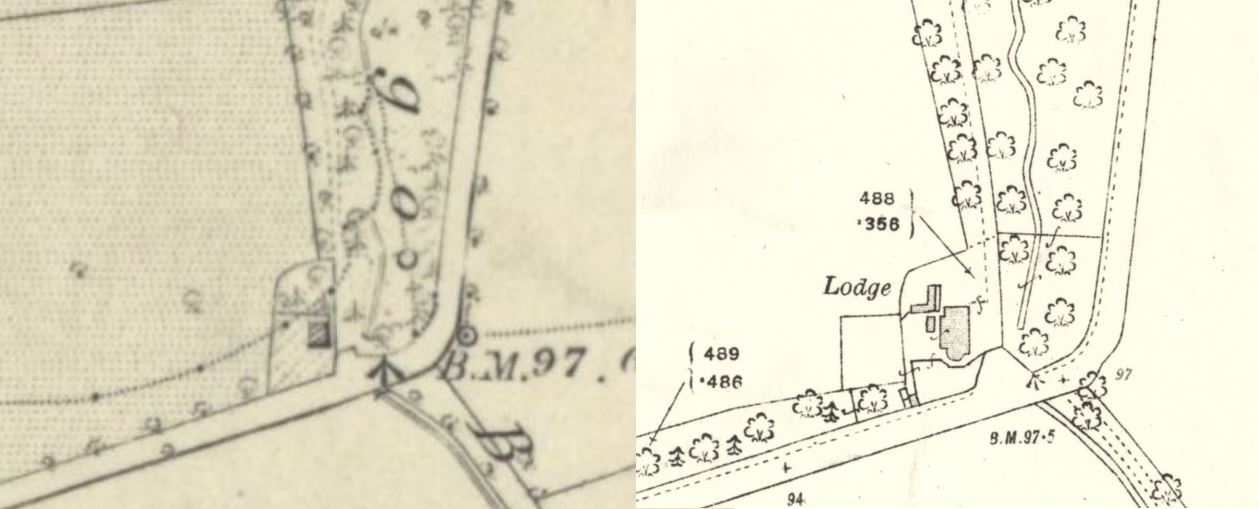
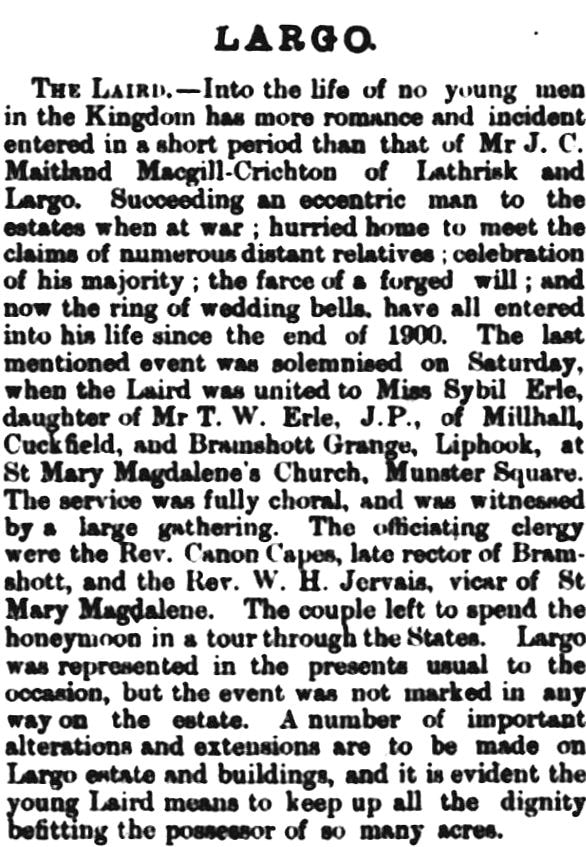

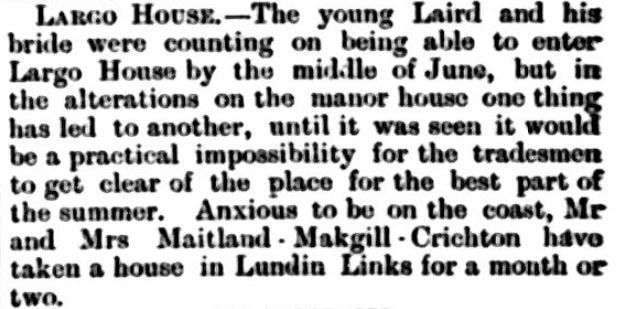
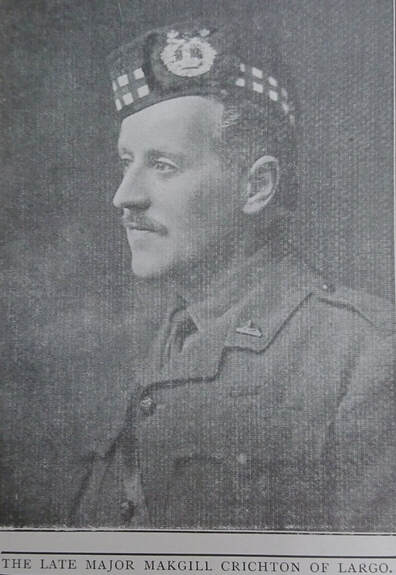
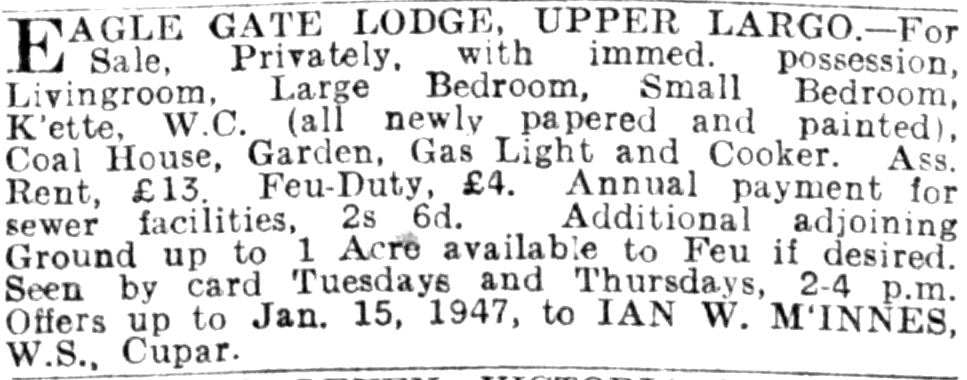
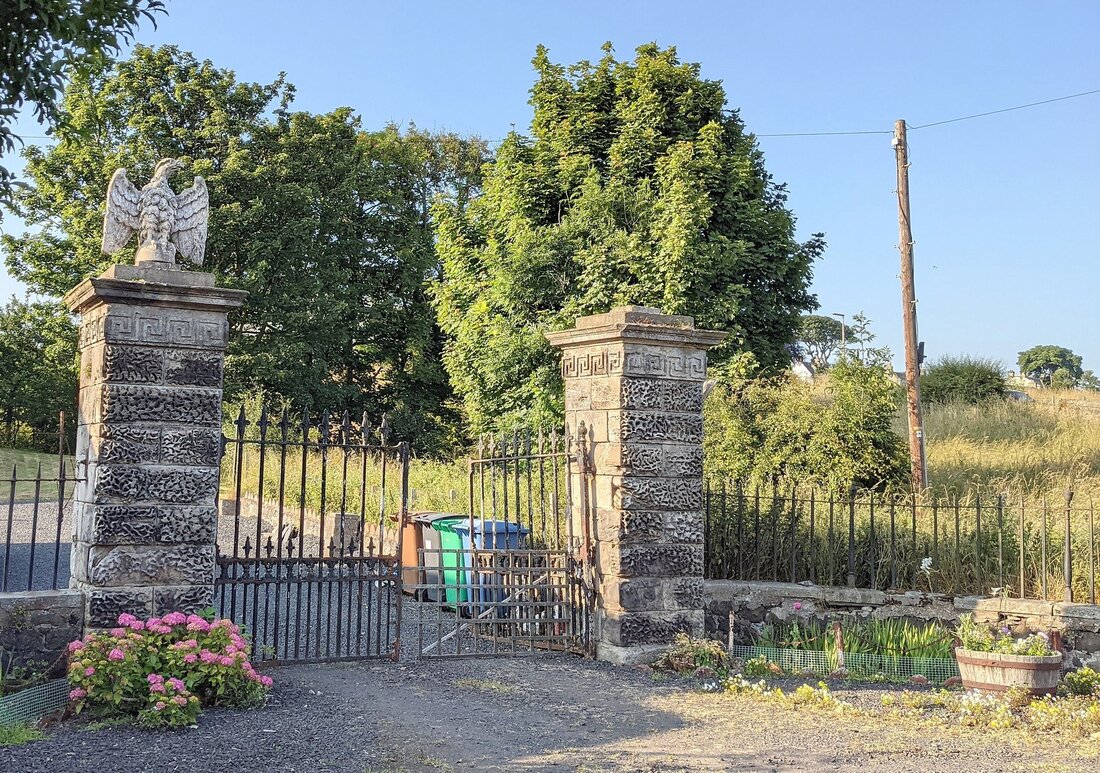
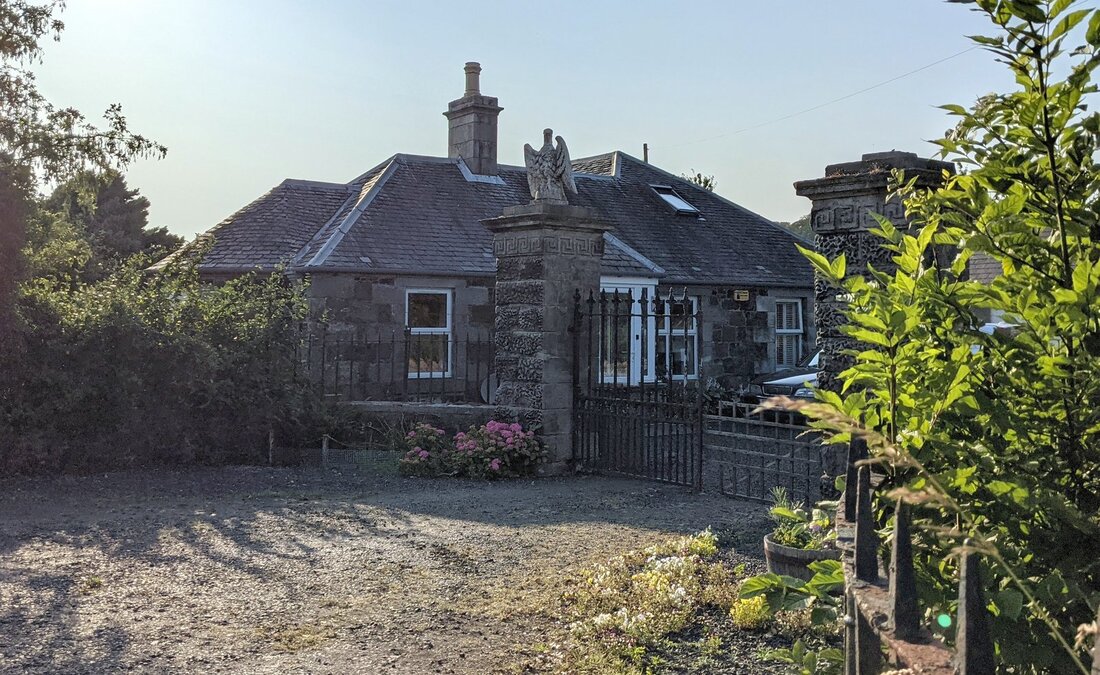
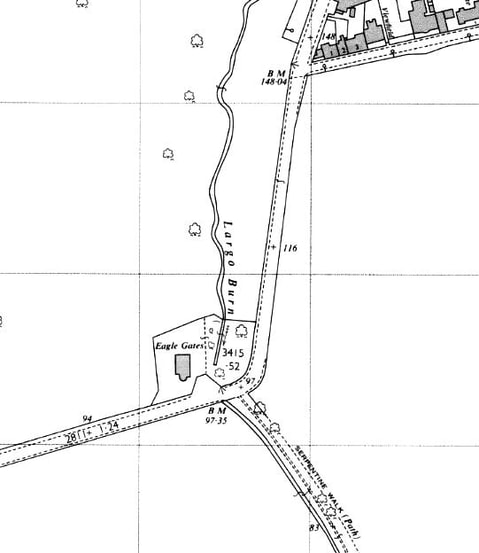
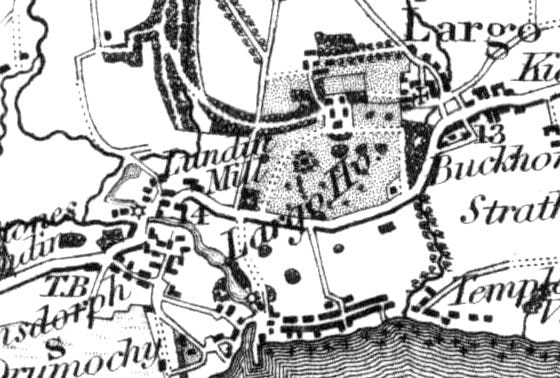
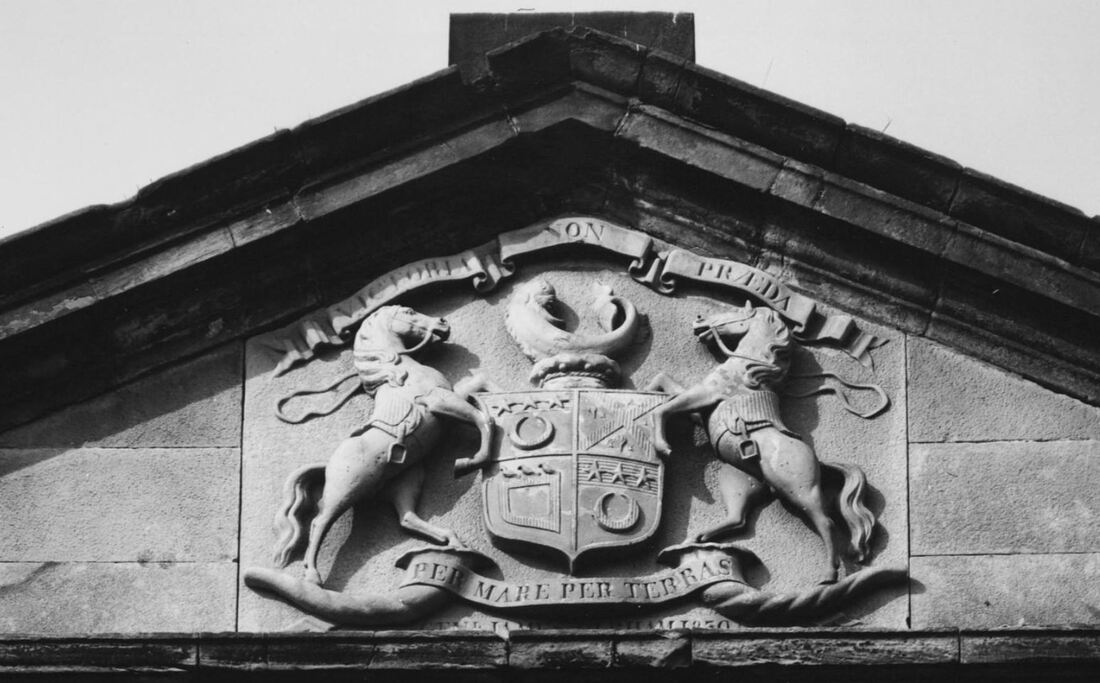
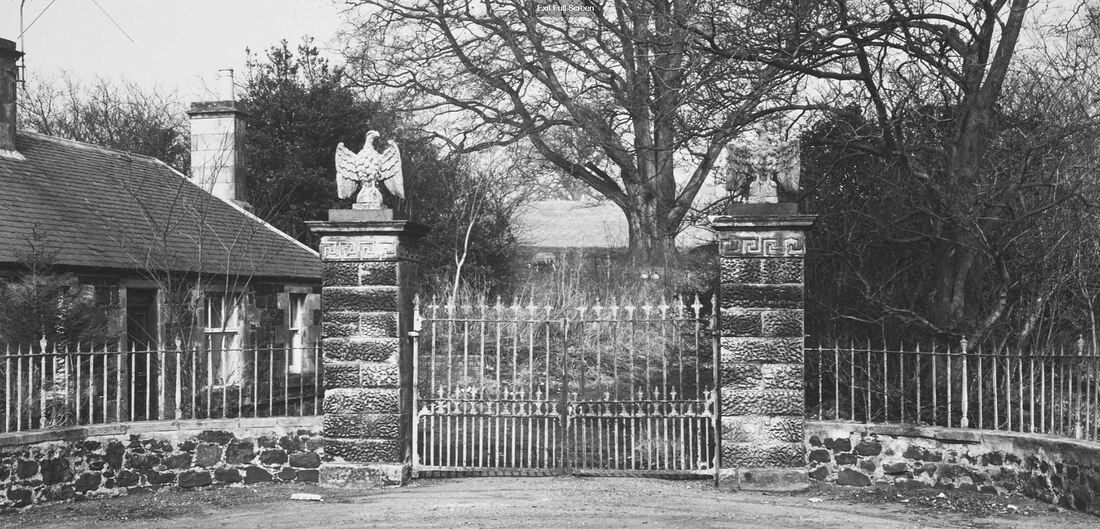
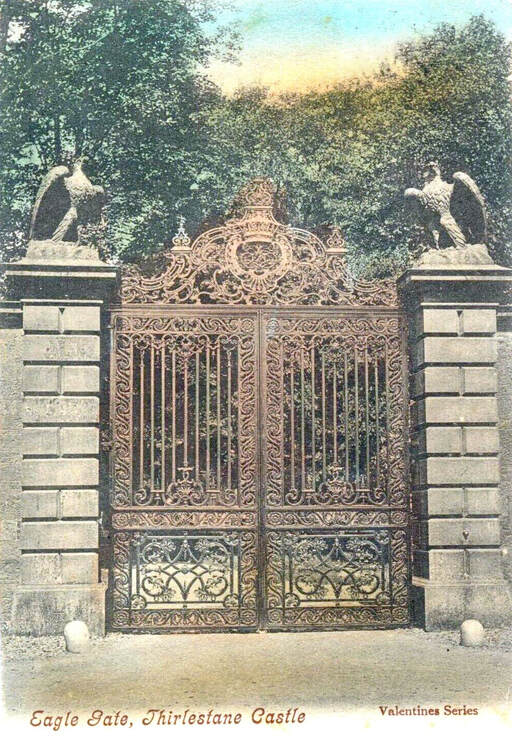
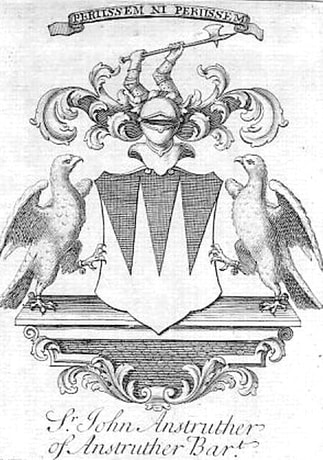
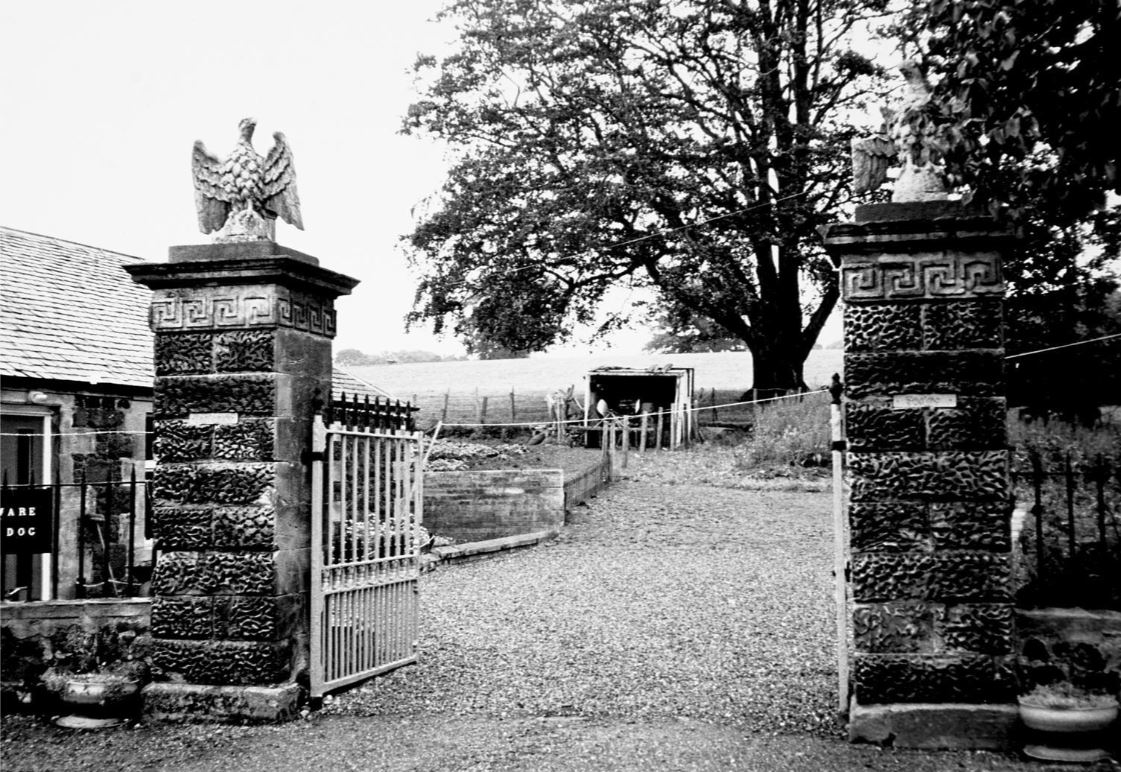
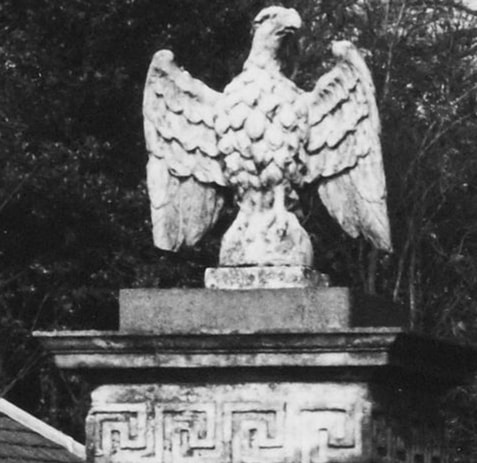
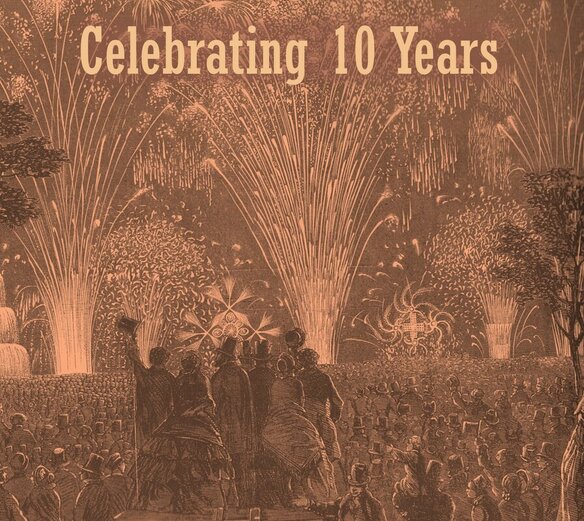
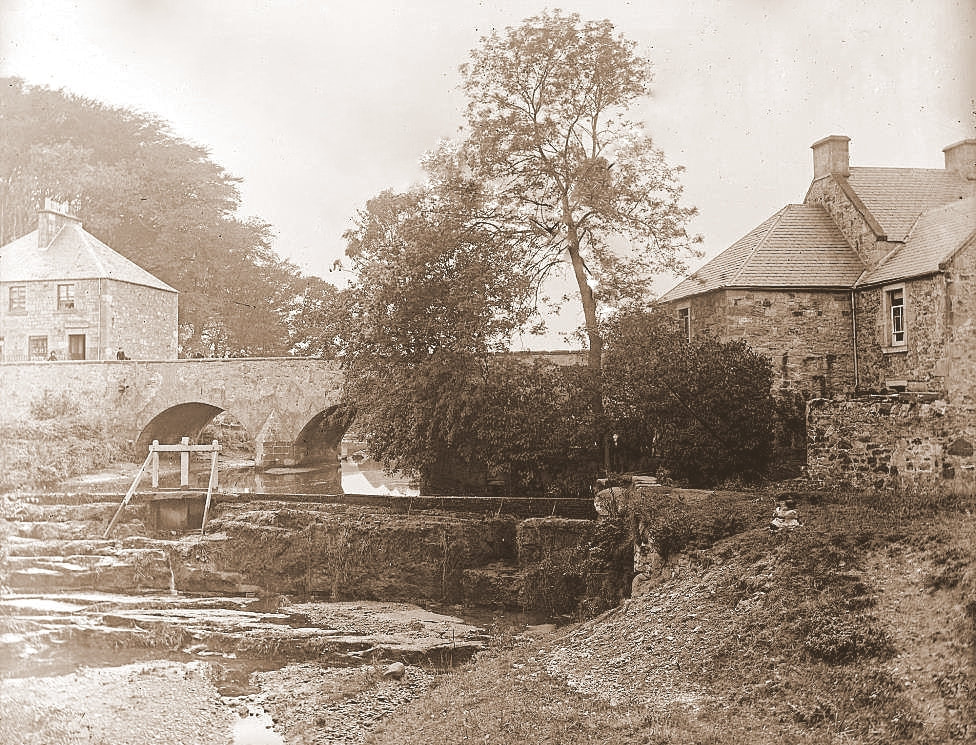
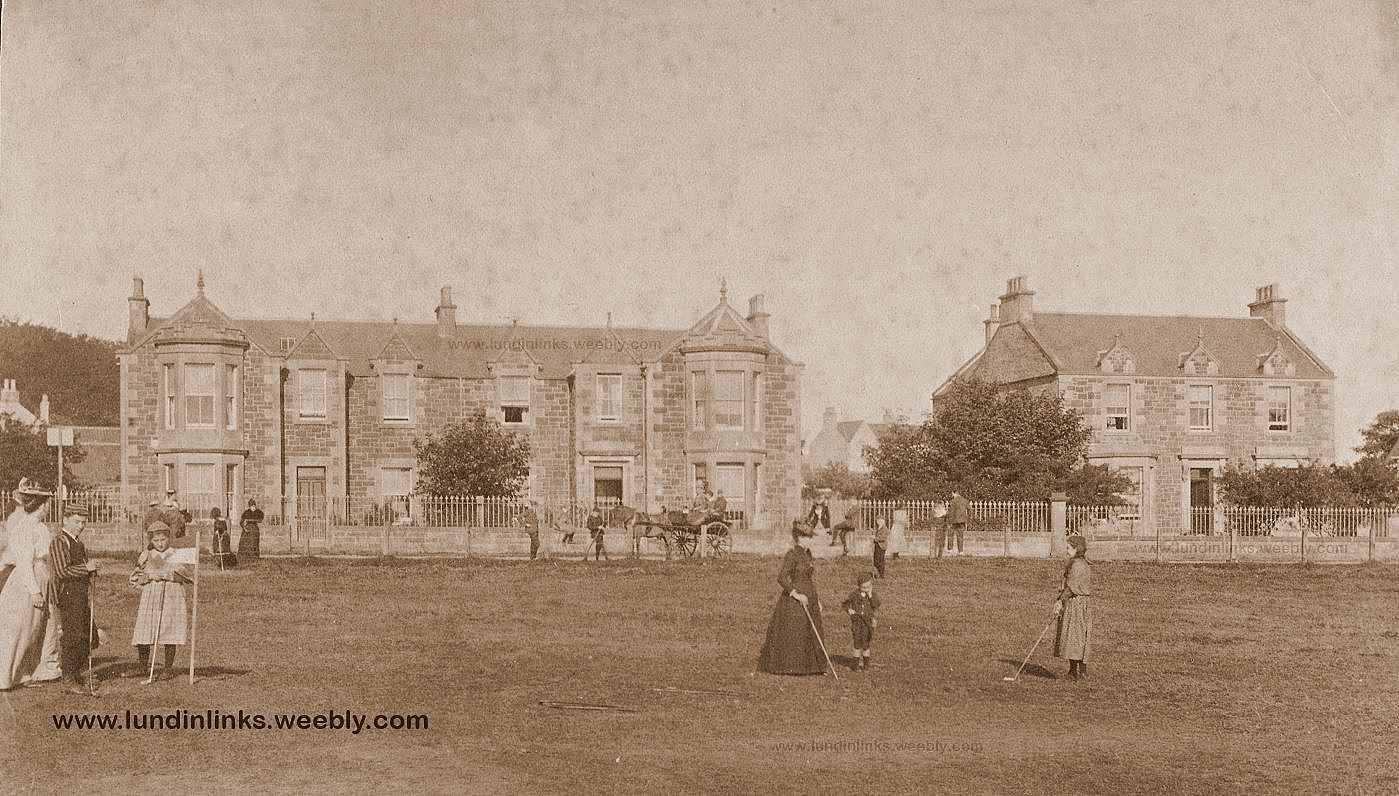
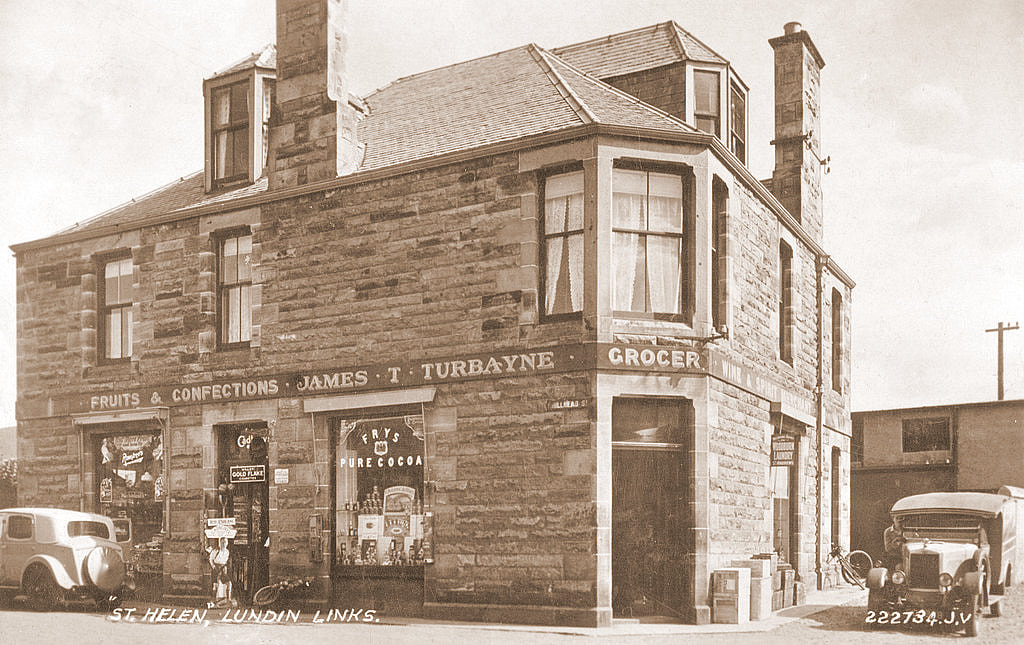
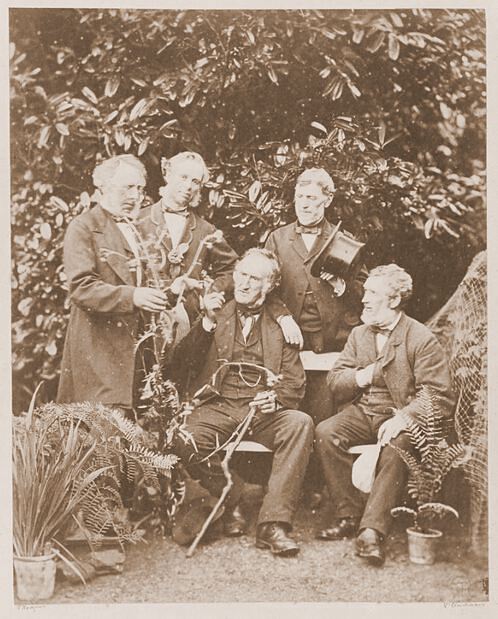
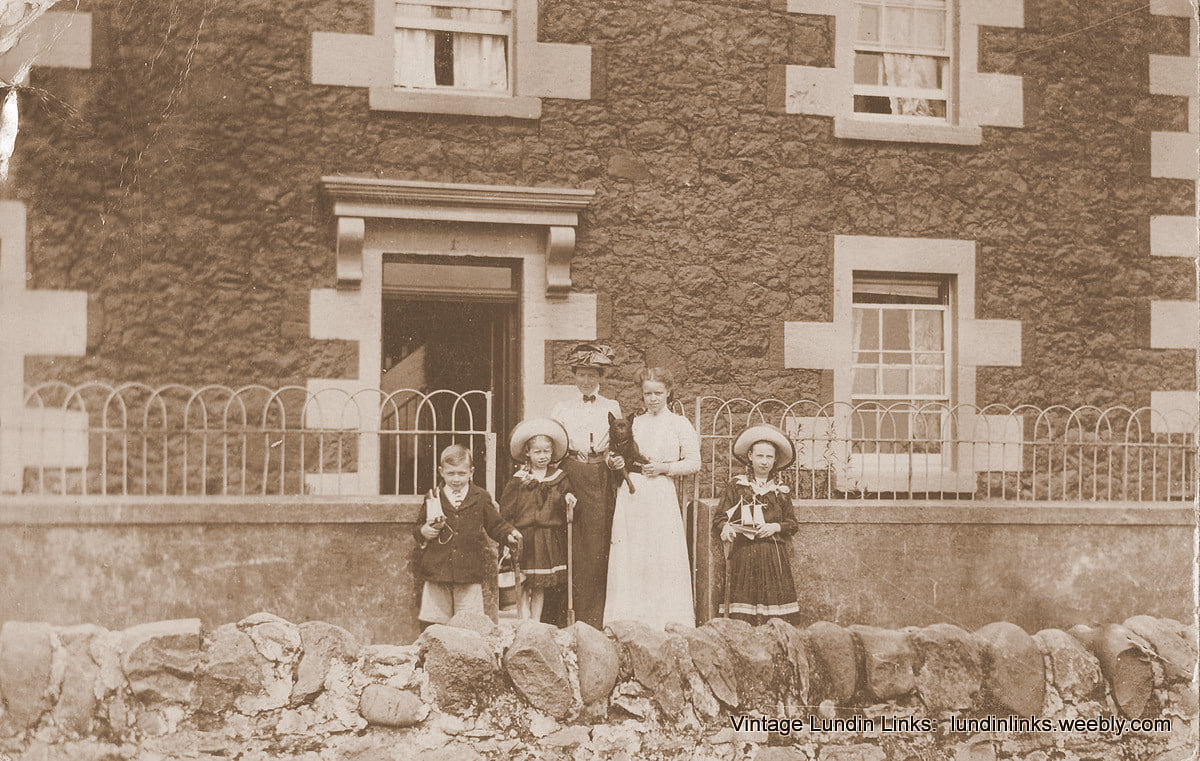
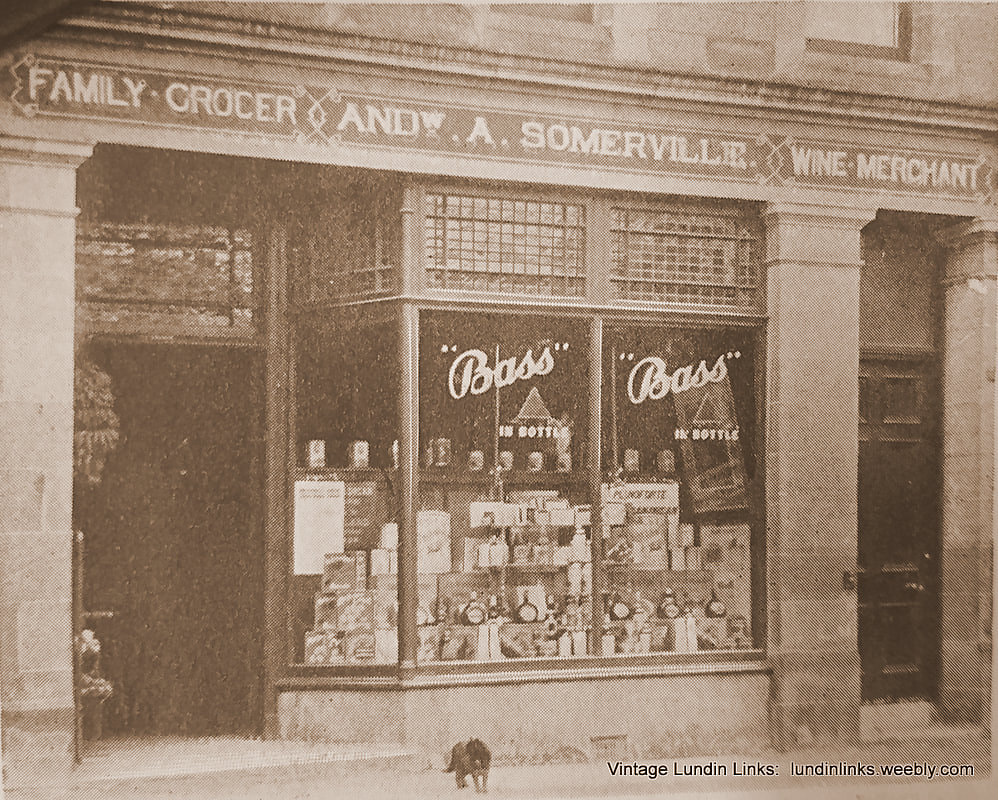
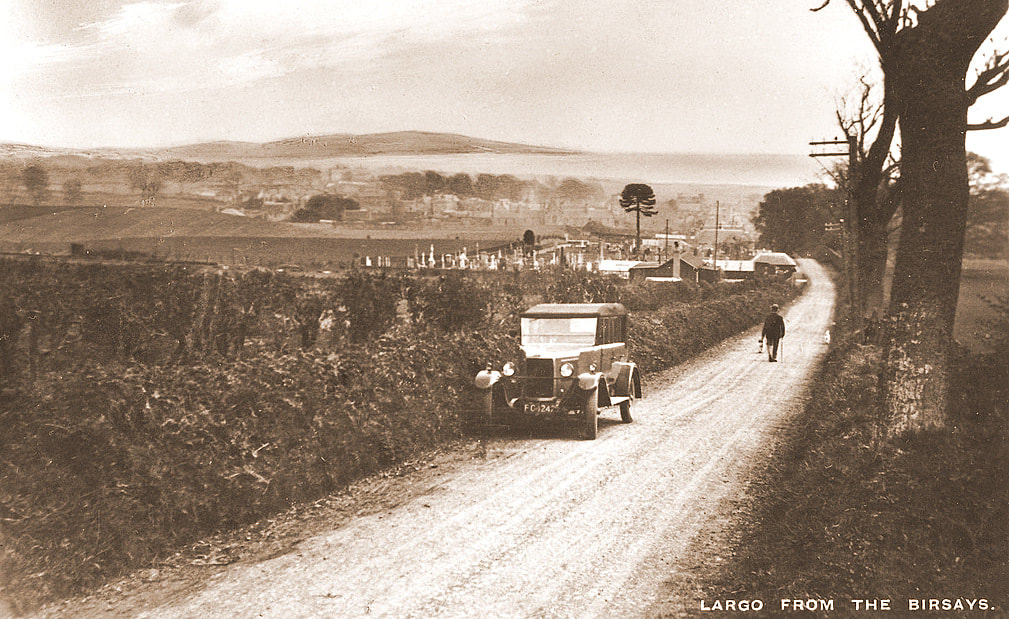
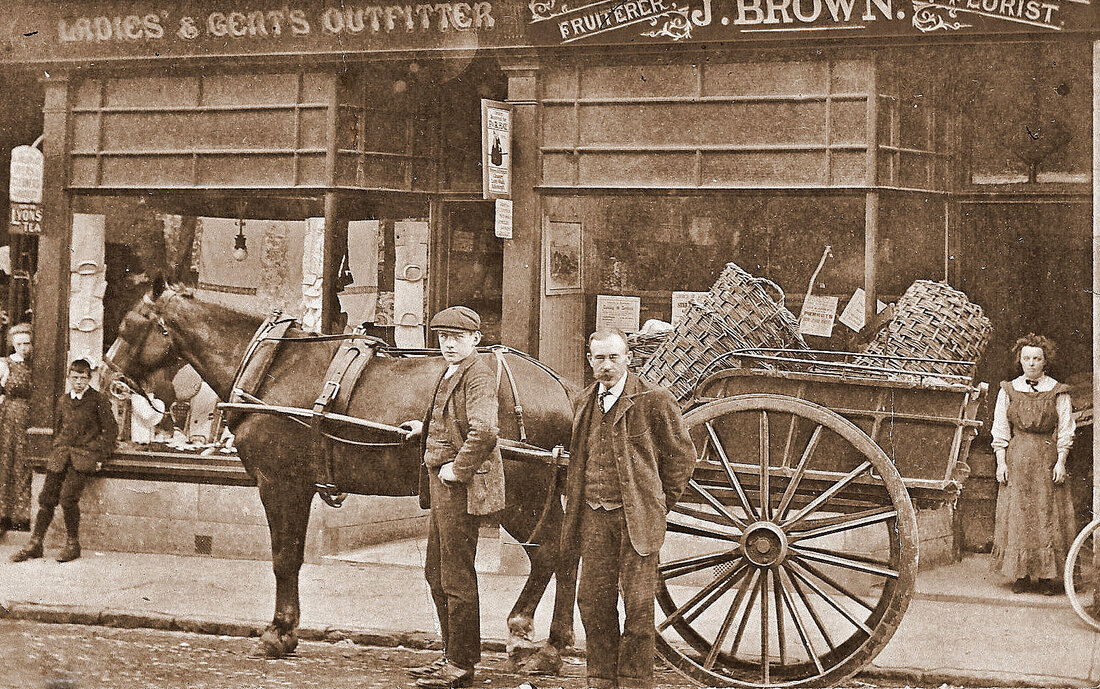
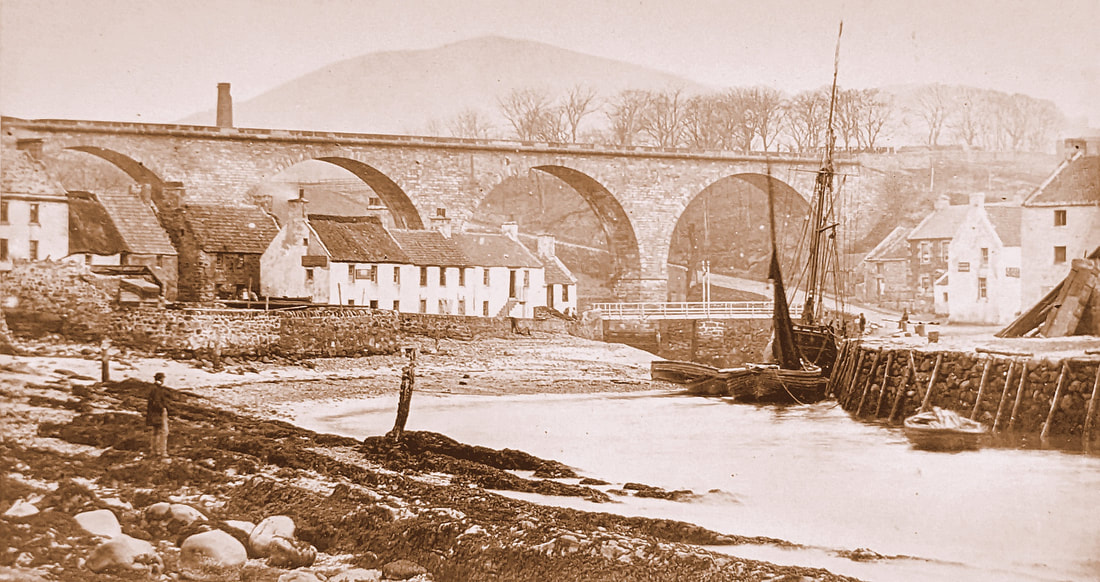
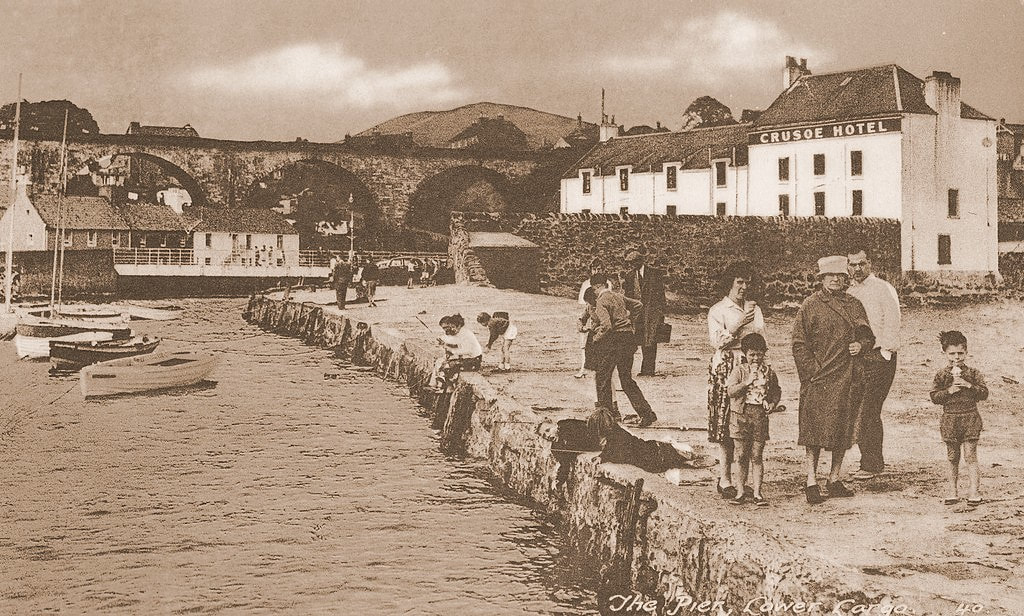
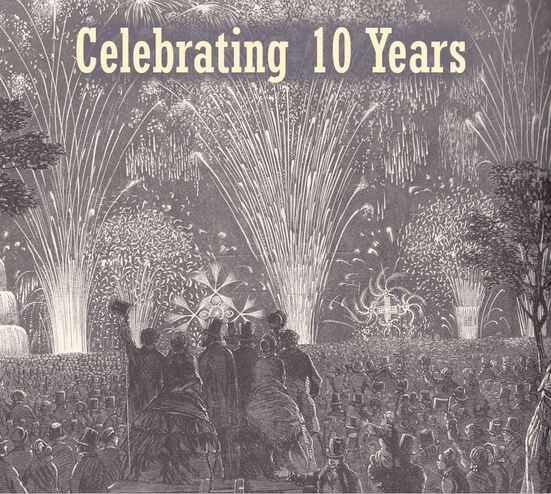
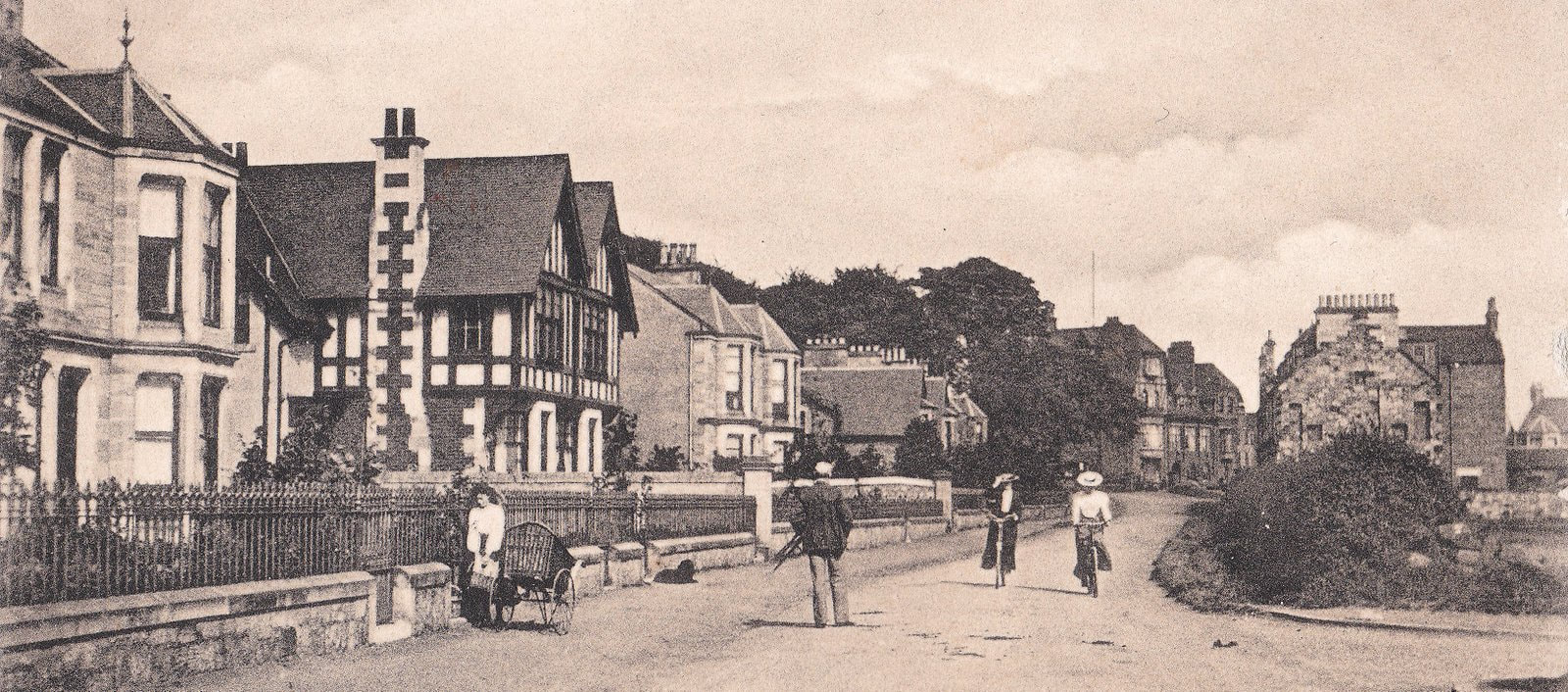

 RSS Feed
RSS Feed
